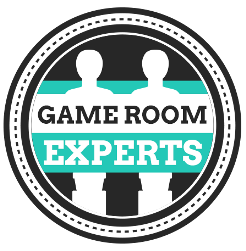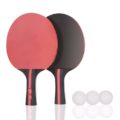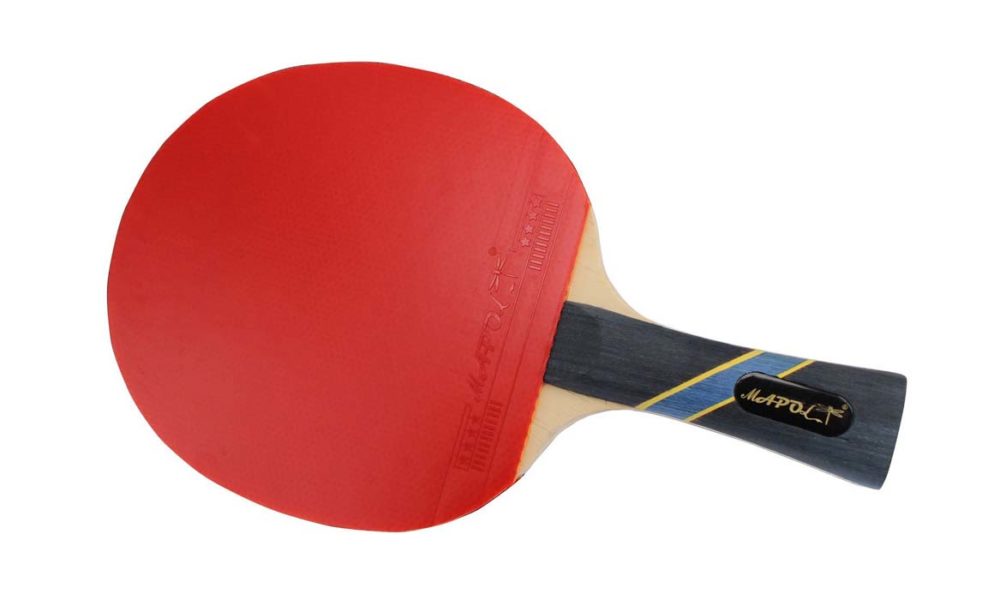
Table tennis, sometimes called ping pong, is a fun game that can be played at home or out with friends. It’s a sport that most people can play, even if they are inexperienced or they have a physical condition that prevents them from playing some other sports. It’s good for any age group and the equipment can be purchased for a reasonable price. Table tennis tables are often found at youth recreation centers, after school programs, and in recreation rooms in rooms across the country and around the world.
Getting set up to play table tennis is easy. All you need are the table with a net, a ball, and a paddle to get started. Surprisingly, even though table tennis is a low impact sport, you can get a good workout even if you only play for a few hours a week.
Though it’s possible to play table tennis just by paddling the ball back and forth, there are rules you can follow that will make the game more challenging and more fun. The International Table Tennis Federation (ITTF) is the main regulatory boy that sets the rules for the game and maintains consistency at the professional level for players.
What are the Rules of Table Tennis?
Game play begins when one player serves the ball over the next to the other. The other player (the receiver) returns the ball across the net. Play continues back and forth in a volley until one player misses the ball or hits the ball out of bounds to the other player.
Serving the ping pong ball comes with its own set of rules. The server must start with the ball in the open palm of the free hand not holding the paddle. The ball gets tossed upwards without spin, at least 16 cm high. The ball is struck mid-air so that it touches on the server’s side of the table and then passes over the net to bounce on the receiver’s side of the table. (Serving is slightly varied in doubles matches.)
Points are scored by failing to correctly serve the ball, failing to make a return, touching any part of the ball with your body, striking the ball two times in succession, or if anything other than the table touches the ball. After two points are scored, the non-serving player becomes the serving player, and the switch continues in this manner until the end of the game.
Eleven points are required to complete a set. If both players score 10 points, a set must be won by a two point lead. This means games can go much higher than 11 points if players stay within a point of each other. A full match is finished when a player wins any odd number of sets.
Table Tennis Equipment
Equipment is carefully monitored in professional table tennis play. You won’t need to worry as much about these rules at home, but it’s good to know them in case you intend to pursue playing professionally or if you just prefer to adhere to stricter rules when playing games at home. Many people who are serious hobbyists prefer to adhere to the strict guidelines of equipment just because they think it makes their playing more authentic.
First, you’ll want to consider the most significant piece of equipment – the table tennis table. Tables must be 2.74m long and 1.525m wide, and be on a platform 76cm above the floor. The top of the net, along its whole length, must be15.25cm above the playing surface.
Table tennis balls must have a diameter of 40mm and weigh exactly 2.7 grams. Official table tennis balls are made from celluloid or similar plastic materials, and can be white or orange.
Table Tennis Paddles

Paddles can be any size, shape, or weight (surprisingly!), but the face must be flat and rigid, and must be constructed of 80% natural wood. Paddles feature sandwich rubber glued to each side of the paddle and the rubber is usually red or black, though it is available in other colors, and each side of the paddle must feature the opposite color. So, if one side is red, the other side must be black. Rubber used on table tennis paddles is usually pimple or dimpled, and the bumps can face inward our out, depending on personal preference. Most modern players today use a smooth rubber without pimples because it provides for better spin and speed. However, pimples out rubber is also still a popular choice.
Prior to a new match, players are free to inspect each other’s equipment, and umpires are also encouraged to do so for all players.
As you might expect, professional players and amateurs who take their hobby seriously have specific preferences when it comes to table tennis paddles. Just like other sports, such as baseball or pool, player preference vary within the regulations. As long as your choices are within the regulations, you can choose whatever type of paddle suits your play.
Table Tennis Balls
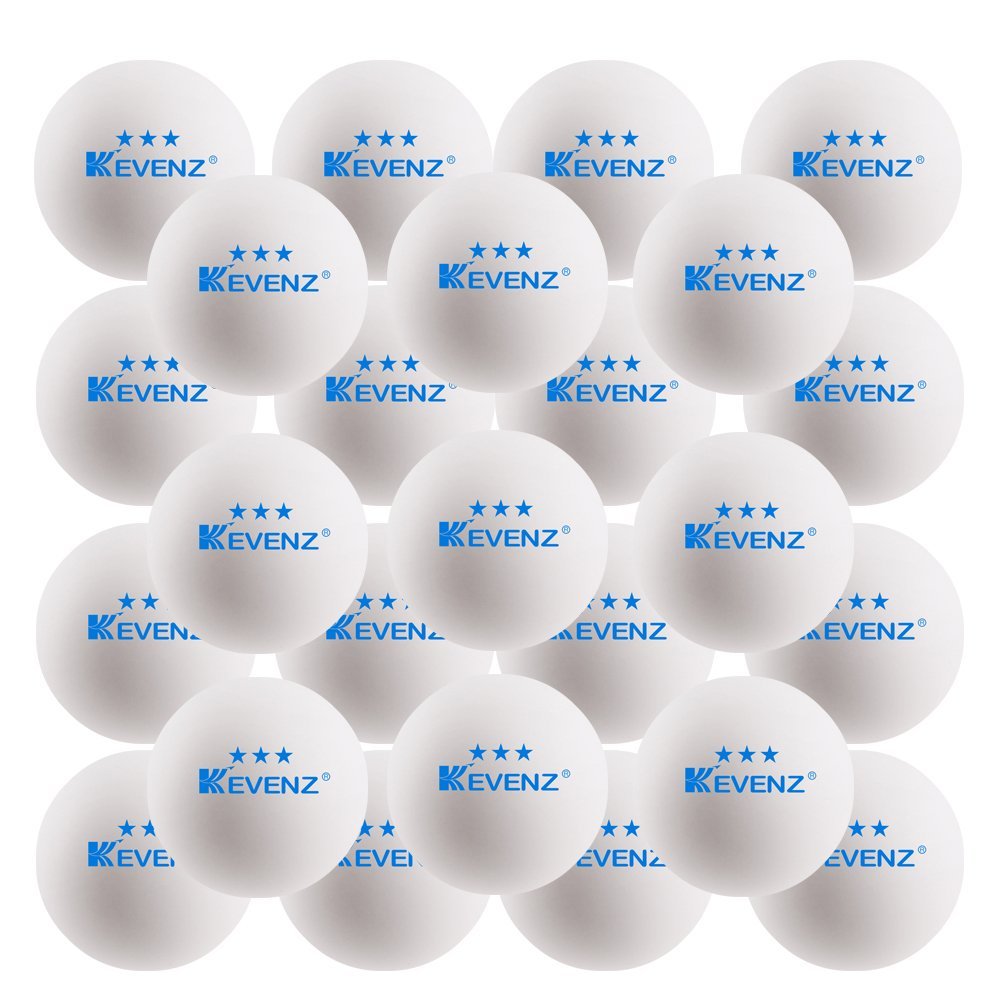
There are still smaller 38mm balls floating around, especially in places where there are old table tennis set ups, but most balls today meet regulation standards of 40mm. Manufactures usually use a three star system to rate (and price) their balls.
0 to 1 stars are training balls. They are the cheapest and fairly low quality (but work well for at-home play). Two star balls are better quality, but still not competition quality. There aren’t many two star balls out there because they aren’t bought because they’re cheap, nor are they bought because they are good.
Three star balls are the best quality and are almost always perfect round and balanced. They cost quite a bit more than 0 and 1 star balls, and many people have noticed they aren’t as durable. Some manufacturers also offer enhanced or premium three star balls that are made from the best materials. Only the best players will be able to tell the difference between a three star ball and an enhanced three star ball.
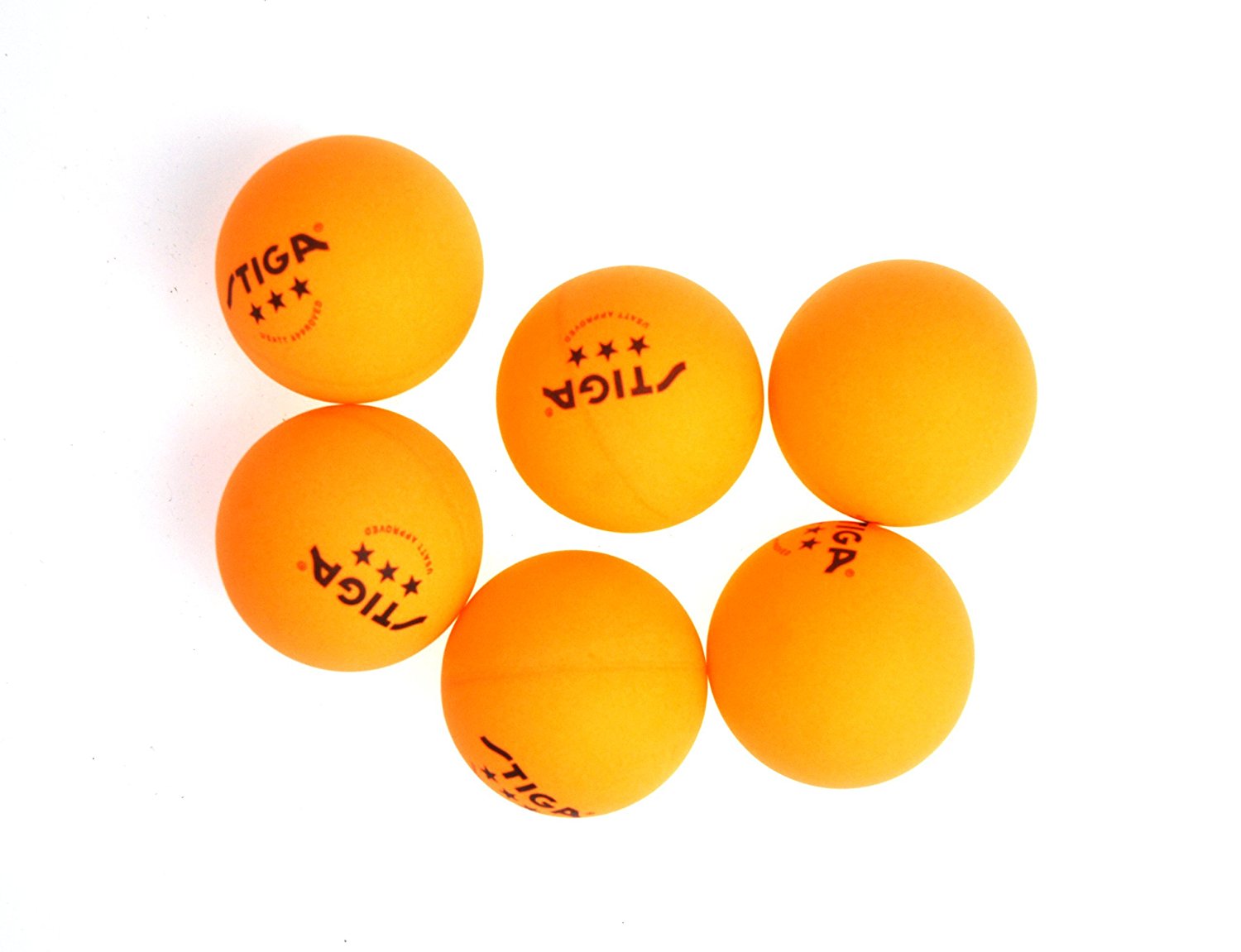
Clothing
Table tennis players do not wear uniforms, but most dress in comfortable clothing that makes it easy to move. The same is true for shoes – players move around a lot, so they’ll want comfortable shoes with good soles that offer some help with grip. You don’t want to slip and slide when making darting movements toward the ball.
